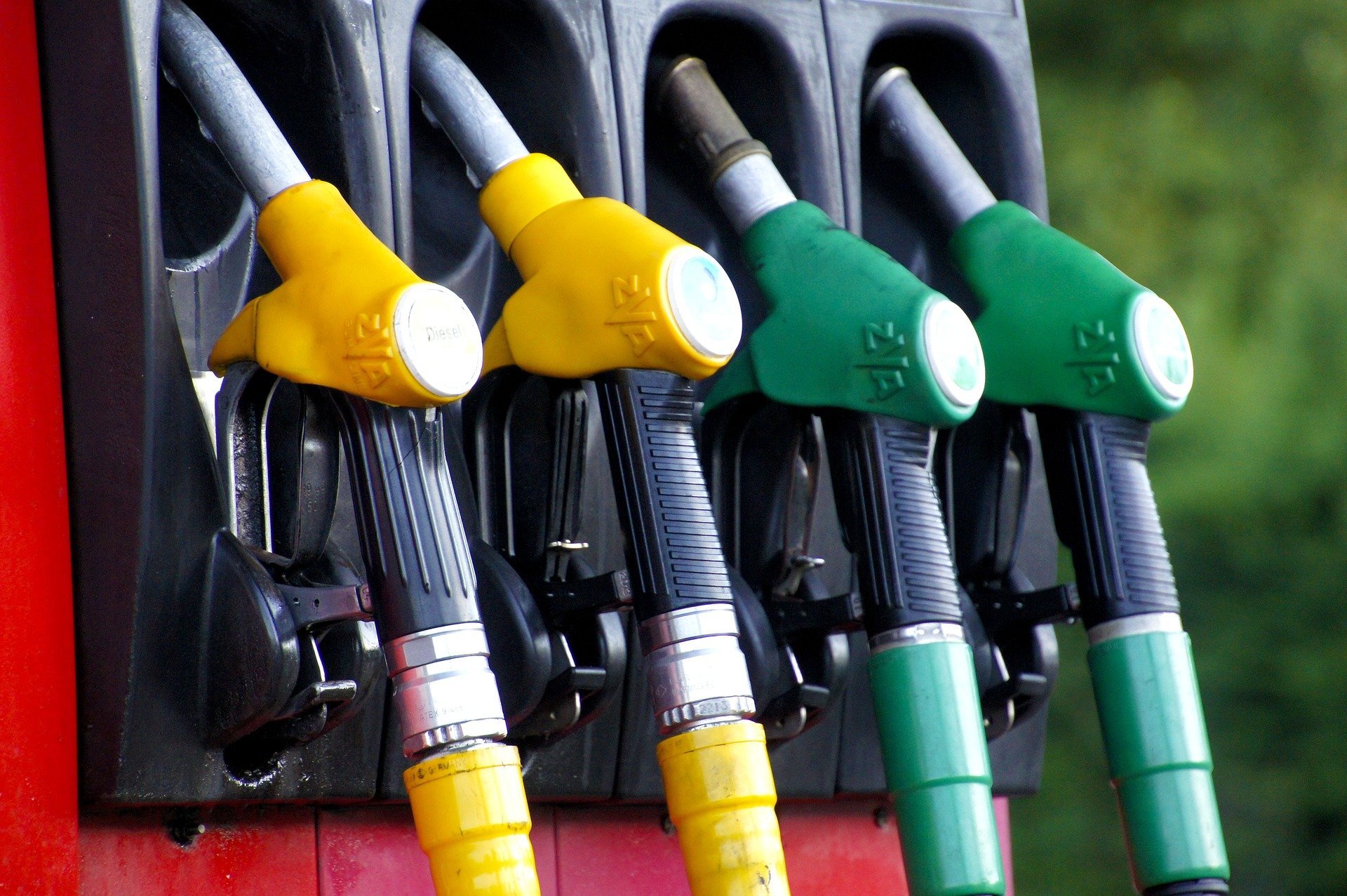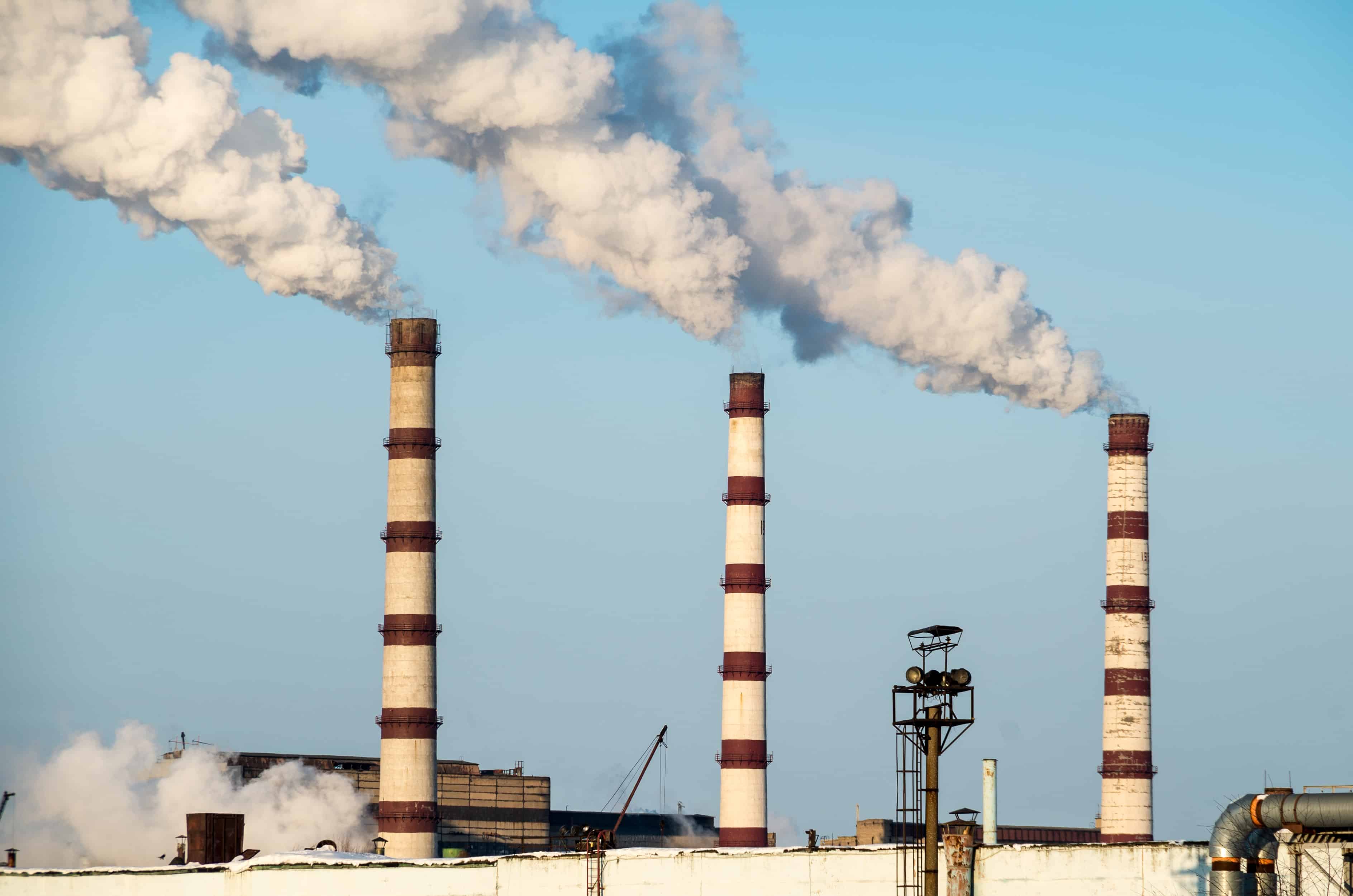
The Russian Federation’s war of aggression on Ukraine is causing upheaval in Western Europe. Energy prices and energy supply, in particular, pose major problems. Of course, against the backdrop of the suffering in Ukraine, these problems are petty.
The German chancellor’s energy policy led us to nirvana early on, except that no one wanted to admit it while she was in power. Through the close involvement of the Putin nomenklatura, people thought they were safe. Nord Stream 2, more gas, more coal and more oil were bought from Russian producers. German gas storage facilities were even sold to Gazprom. Germany’s dependence grew.
German gasoline prices have always been only a caricature of the real costs. High levies, and even taxes on levies, have made driving more and more expensive in Germany. For a long time, Germans didn’t care. Fat SUVs, which have been proven to have significantly higher fuel consumption, have become the absolute hit in new vehicle registrations. SUVs, for example, recorded growth of +12.2 per cent in February, SUVs +5 per cent.
The two-euro barrier has fallen
Not so long ago, a liter of diesel cost around one euro in Germany. That was due to the corona pandemic and the first lockdown. Stocks of fuel and crude oil were overflowing and, as is usual in market economies, demand dictates the price.
Also interesting: Research project on the A81 Autobahn: Solar roof over the highway
With the attack on Ukraine, the situation has worsened not just for the German motorist, but also for the logistics industry. Fuel prices are starting to hurt, especially since gas and electricity prices have also risen sharply in recent months. Ordinary consumers are facing costs higher than they would have ever imagined at the beginning of 2021. The uncertainties surrounding the supply itself are a psychological burden as well.
The situation in the German automotive industry has been further exacerbated by the semiconductor crisis and the looming supplier crisis caused by the economic failure of Ukraine. VW, Daimler and BMW have already had to shut down production lines because, for example, wiring harnesses made in Ukraine are no longer being supplied.
The revenge of the electric car and eco crowd
This is currently pleasing the, and I say this deliberately disrespectfully, the eco-, climate- and electric car crowd. More and more frequently, pictures of signs showing gasoline prices are being gloatingly commented on in social media, along the lines of: this wouldn’t have happened with an electric car.
The advice of Tesla-driving homeowners with photovoltaic systems on their roofs then sound like the comment wrongly attributed to Marie Antoinette: “If they don’t have bread, let them eat cake!”
The “good advice” of the know-it-alls and smart alecks on social media leads above all to further social division. This time, it’s the internal combustion drivers who are being targeted. Harsh comments are the order of the day. With around 67 million registered cars, not even one million of which are pure electric vehicles, this is a very worrying development.
But the supply crisis also applies to electric cars
It is suggested that drivers of combustion engines should simply switch to electromobility. Then the “fuel prices” will go down again. But at the moment that is too short-sighted. The delivery times for electric vehicles are increasing dramatically. Popular vehicles such as the Hyundai IONIQ 5 and the Kia EV6 are in some cases sold out until 2023. In addition, the usual discounts on cars are now non-existent. Even consumers who want to switch as quickly as possible are having trouble getting their hands on vehicles in stock. Already, the first Asian battery manufacturers are warning of shortages. That accelerates the upward price development further.

Translation: fuel prices are bugging you and you have questions about electric cars? Such as: What’s it like on a day-to-day basis? But what about when I’m stuck in traffic? They are not really environmentally friendly?!
Just send me your questions and I’ll answer them as best I can.
And I must unfortunately repeat: the electric vehicle prices are so high across the board that a former mid-range vehicle as an electric car is already sliding threateningly into the luxury class.
It doesn’t help when 100 kilometers with an electric car cost well under eight euros (in Germany). The acquisition and follow-up costs are difficult to bear for the average consumer, especially in these uncertain times. Militant bicycle enthusiasts are also seeing their chance. Let the drivers of combustion engines use two-wheelers or public transport. It’s getting tight for private motorized transport in Germany. Commuters without alternatives and with long distances are currently on the losing end anyway.
Wealthy people couldn’t care less
For wealthy people, none of this is an issue. They live in single-family homes with photovoltaic systems and wallboxes. The luxury Audi, Mercedes-Benz or Tesla is parked in the garage and the electricity bill remains pleasantly low thanks to solar cells and a heat pump (subsidized by the taxpayer).
In Germany, real estate ownership has also become so unaffordable that a 40-square-meter apartment in Munich costs €400,000 upwards, and anyone who wants a house must be a multi-millionaire in metropolitan areas.
The social situation is getting worse all the time, and those who were considered wealthy yesterday will be among the socially downwardly mobile tomorrow. Not a good development. For the automotive industry, either. The last thing to be saved is the car, but even here there are limits.

Translation: This is what independence looks like. Install a photovoltaic system on the roof and thumb your nose at the price of gasoline.
Also interesting:
Down with the e-mobility-Taliban: it’s time for disarmament talks








